Comments / Questions (5)
![]() Solveig Eriksson wrote:
Solveig Eriksson wrote:
Hej! Håller på att sticka den söta klänningen Sweet berry. Varför ska ärmarna stickas med stickor nr 2,5 när klänningen i övrigt stickas med nr 3? Mvh Solveig
11.10.2024 - 13:43DROPS Design answered:
Hej Solveig. Här har info om byte av sticka bara missats, vi ska lägga till det. Du byter till sticka 3 efter att rätstickningen är klar. Mvh DROPS Design
11.10.2024 - 14:01
![]() Maria wrote:
Maria wrote:
Mam problem z czwartym okrążeniem kwadratu, może ktoś pomoże?
02.08.2019 - 20:51DROPS Design answered:
Witaj Mario! Udało się czy pomóc? Jeśli będziesz w przyszłości miała pytania, proszę zaznacz w formularzu PYTANIE, a nie KOMENTARZ, wtedy odpowiemy w przeciągu 2-3 dni. A propos, czy już zagłosowałaś na nową kolekcję DROPS Jesień/Zima, zapraszamy serdecznie!
07.06.2020 - 22:19
![]() Everdina Van Zijderveld-Tenkink wrote:
Everdina Van Zijderveld-Tenkink wrote:
Ich habe das süße Kleidchen 2 mal gestrickt, beide Male passten der Kopf nicht durch die Halsöffnung
26.11.2018 - 09:29DROPS Design answered:
Liebe Frau Van Zijderveld-Tenkink, stimmt Ihre Maschenprobe? Haben Sie bei der Abketten für Hals die Maschen nicht zu eng gestrickt? Am besten zeigen Sie Ihre Arbeit Ihrem Laden (auch per E-Mail), so können Sie Ihnen vielleicht weiterhelfen. Viel Spaß beim stricken!
26.11.2018 - 10:44
![]() Astrid Seidl wrote:
Astrid Seidl wrote:
Kann man auch eine Anleitung für diese Tolle Kleid für 1-2 Jährige bekommen . Habe dieses Kleid schon mehrfach gestrickt und umgewndelt zum Dirndl aber jetzt brauche ich eine Anleitung für kleinere.Freue mich auf Antwort Danke
22.02.2016 - 16:11DROPS Design answered:
Leider können wir Ihnen nur die genannten Größen bieten, in einer kleineren Größe gibt es die Anleitung nicht.
24.02.2016 - 20:15
![]() Natasja wrote:
Natasja wrote:
Bij de mouw wordt opgezet met nld 2.5. Na het meerderen staat niets over wisselen naar naald 3.0. Ga ik echter door met 2.5 dan wordt de mouw te klein voor de jurk. Wissel ik hier naar 3.0 dan klopt het wel.
04.01.2015 - 22:23
Sweet berry dress#sweetberrydress |
||||||||||
 |
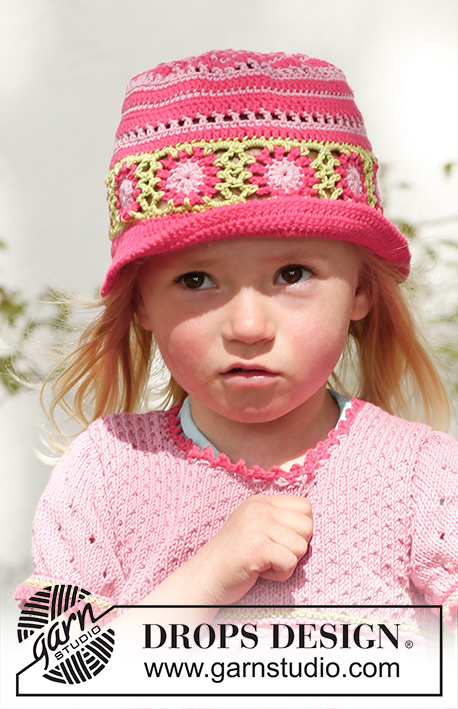 |
|||||||||
Knitted dress with short sleeves and granny squares in DROPS Safran. Size children 3 to 12 years.
DROPS Children 23-49 |
||||||||||
|
PATTERN: See diagrams A-1 and A-2, diagrams show all rows in pattern from RS. GARTER ST (in the round on circular needle): * K 1 round and P 1 round *, repeat from *-*. --------------------------------------------------------- BODY: Worked in the round on circular needle. Cast on 238-238-266-266-301 sts on circular needle size 3 mm / US 2.5 with raspberry. P 1 round, then work diagram A-1. REMEMBER THE GAUGE! Work A-1 until piece measures approx. 29-32-35-38-41 cm / 11½"-12½"-13¾"-15"-16" – finish after at least 2 rounds in stockinette st after 1 round with holes. Work next round as follows: * K 2, K 2 tog, K 1, K 2 tog *, repeat from *-* the entire round = 170-170-190-190-215 sts. Then K 1 round while at the same time dec 26-18-26-18-31 sts evenly = 144-152-164-172-184 sts. Switch to circular needle size 2.5 mm / US 1.5. Work 2 rounds in GARTER ST - see explanation above - with lime and 2 rounds in garter st with medium pink, switch to raspberry. K 2 rounds, work next round as follows: * K 2 tog, 1 YO *, repeat from *-* the entire round, then K 1 round. Then work 2 rounds in garter st medium pink and 2 rounds in garter st with lime. Switch back to circular needle size 3 mm / US 2.5 – NOW MEASURE PIECE FROM HERE! Continue with medium pink and A-2 until finished measurements. When piece measures 3-4-5-6-7 cm / 1"-1½"-2"-2½"-2¾" with A-2, work next round as follows: bind off the first 6 sts for armhole, work 66-70-76-80-86 sts A-2, bind off 6 sts for armhole and work A-2 the rest of row. Finish front and back piece separately. FRONT PIECE: = 66-70-76-80-86 sts. Continue with A-2 back and forth on needle – AT THE SAME TIME bind off for armholes at the beg of every row, each side: 2 sts 1 time and 1 st 1-1-2-2-3 times in each side = 60-64-68-72-76 sts. When the medium pink section measures 10-12-13-15-16 cm / 4"-4¾"-5"-6"-6¼", bind off the middle 14-16-18-20-22 sts for neck and finish each shoulder separately. Then bind off on every row from neck: 3 sts 1 time, 2 sts 1 time and 1 st 2-2-3-3-3 times = 16-17-17-18-19 sts remain on shoulder. Bind off when the medium pink section measures 16-18-20-22-24 cm / 6¼"-7"-8"-8¾"-9½". Dress now measures approx. 48-53-58-63-68 cm / 19"-21"-22¾"-24¾"-26¾" in total. BACK PIECE: = 66-70-76-80-86 sts. Then bind off for armholes each side as on front piece = 60-64-68-72-76 sts. When the medium pink section measures 14-16-18-20-22 cm / 5½"-6¼"-7"-8"-8¾", bind off the middle 26-28-32-34-36 sts for neck and finish each shoulder separately. Then bind off 1 st on next row towards the neck = 16-17-17-18-19 sts remain on the shoulder. Bind off when piece measures the same as front piece. SLEEVE: Worked in the round on double pointed needles. Cast on 51-51-54-54-57 sts on double pointed needles size 2.5 mm / US 1.5 with lime. P 1 round, then 2 rounds in garter st in medium pink and 2 rounds in garter st in raspberry. Switch to medium pink and K 1 round while at the same time inc 12-12-16-16-20 sts evenly (inc by making YOs) = 63-63-70-70-77 sts. On next round K YOs twisted (i.e into back loop) to avoid holes. Continue with A-1 until finished measurements. At the same time when piece measures 5-6-6-7-8 cm / 2"-2½"-2½"-2¾"-3", bind off 6 sts mid under sleeve and work back and forth on needle until finished measurements. Then bind off 2 sts for sleeve cap at the beg of every row in each side until piece measures 9-10-11-12-13 cm / 3½"-4"-4½"-4¾"-5", then bind off 3 sts 1 time in each side. Bind off the remaining sts, piece measures approx. 10-11-12-13-14 cm / 4"-4½"-4¾"-5"-5½". ASSEMBLY: Sew shoulder seams and sew in sleeves. NECK EDGE: Pick up approx. 75 to 100 sts around the neck on double pointed needles size 2.5 mm / US 1.5 with medium pink. P 1 round, bind off with K sts. COLORS ON CROCHET SQUARES: Squares are worked in 2 different color combinations: SQUARE A: Cast on + 1st round = raspberry, 2nd round = lime, 3rd and 4th round = medium pink, 5th round = lime. SQUARE B: Cast on + 1st round = lime, 2nd round = medium pink, 3rd and 4th round = raspberry, 5th round = lime. CROCHET TIP: Replace first dc at beg of every round with 3 ch and finish every round with 1 sl st in third ch from beg of round. BOBBLE: 3 dc that are worked tog, i.e. wait with last pull through on every dc until all 3 dc have been worked, make a YO on hook and pull through all 4 loops. WORK THE SQUARES AS FOLLOWS: Work 4 ch on hook size 3 mm / C and form a ring with 1 sl st in first ch. ROUND 1: Work 12 dc in ch-ring – read CROCHET TIP. ROUND 2: 2 dc in every dc = 24 dc. ROUND 3: * 1 sc in dc, ch 3, skip 1 dc *, repeat from *-*, finish with 1 sl st in first sc from beg of round (= 12 sc with ch spaces in between). ROUND 4: In first ch space work [-]: * [1 BOBBLE – see explanation above, ch 2, 1 bobble, 4 ch (= corner), 1 bobble, ch 2, 1 bobble], ch 3, 1 hdc in sc between the next 2 ch spaces, ch 3, skip 1 ch space *, repeat from *-* a total of 4 times but the last time finish after 3 ch with 1 sl st at the top of first bobble. ROUND 5: * 2 sc in first 2-ch space, 6 sc in next 4-ch space (= corner), 2 sc in next 2-ch space, 3 sc in next 3-ch space, 3 sc in next 3-ch space *, repeat from *-* the entire round. Square measures approx. 7 x 7 cm / 2¾" x 2¾". Work 7-7-8-8-9 squares in each color combination = 14-14-16-16-18 squares in total. Sew squares to into a long strip, place the colors alternately – sew edge to edge with lime to avoid a chunky seam. Sew the strip tog to form a ring. Sew the square strip to the bottom of dress, edge to edge with small stitches. PICOT BORDER: Work a picot border with raspberry on hook size 3 mm / C at the bottom of dress as follows: * 1 sc, ch 3, 1 sc in first ch (= 1 picot), skip 1 sc *, repeat from *-*, finish with 1 sl st in first sc. Work a picot border the same way with raspberry around the neck and at the bottom of sleeves. TIES: Work with medium pink as follows: * ch 2, 1 sc in first ch *, repeat from *-* until tie measures approx. 100-110-120-130-140 cm / 40"-44"-47"-51"-55", cut and fasten the thread. Pull the tie through the eyelet holes in the waist on dress. |
||||||||||
Diagram explanations |
||||||||||
|
||||||||||
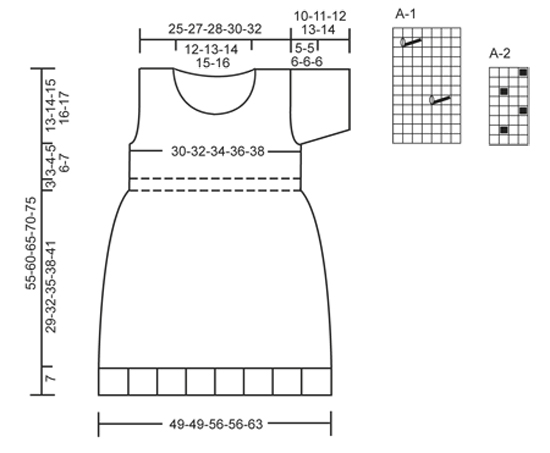 |
||||||||||
Have you finished this pattern?Tag your pictures with #dropspattern #sweetberrydress or submit them to the #dropsfan gallery. Do you need help with this pattern?You'll find 16 tutorial videos, a Comments/Questions area and more by visiting the pattern on garnstudio.com. © 1982-2026 DROPS Design A/S. We reserve all rights. This document, including all its sub-sections, has copyrights. Read more about what you can do with our patterns at the bottom of each pattern on our site. |
||||||||||








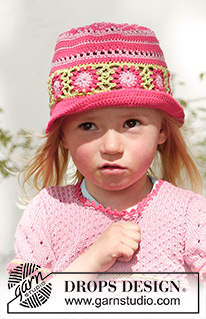















































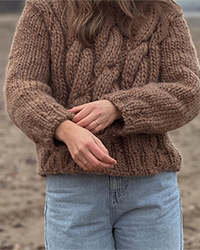

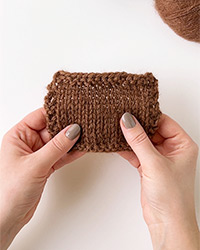
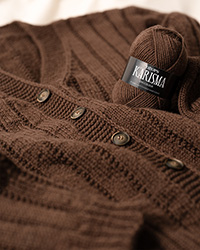
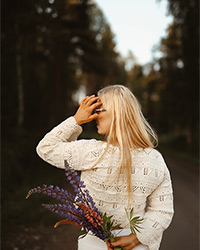

Post a comment to pattern DROPS Children 23-49
We would love to hear what you have to say about this pattern!
If you want to leave a question, please make sure you select the correct category in the form below, to speed up the answering process. Required fields are marked *.